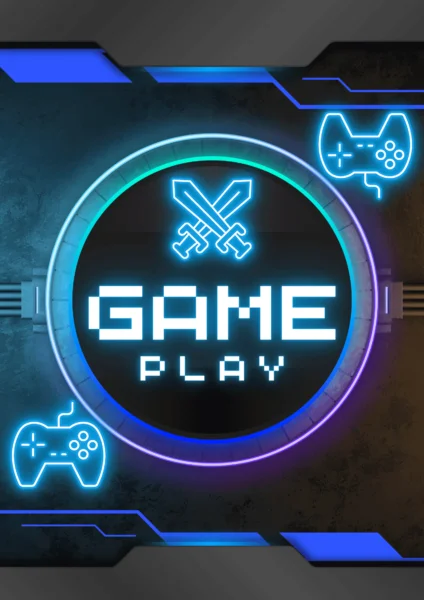Blockchain gaming is either the next big thing in Web3, or despicable trend businesses should avoid depending on whom you ask.
The area is divided, and taking an objective temperature of the situation can be difficult. Minecraft has banned #NFTs from their iconic game, GameStop has launched an #NFT marketplace, the WAX #blockchain has become a hub for #Web3 gaming, and Axie Infinity is working hard to recover from a comically painful $615 million hack earlier this year. Even #Decentraland and #The #Sandbox, two of the most popular #NFT-based games, struggle to reach 1,000 active monthly users.
Regardless of how any individual or organization feels about #blockchain-based #games, they will almost certainly impact the industry’s future. The long-term effects of NFTs on the sector are yet to be seen. We can, however, make some educated guesses.
Blockchain gaming’s future
Concentrating on #Web3. After being introduced to #Bitcoin by friends in 2014, Gökalp began investing in early-stage Web3 tech startups in 2016 after selling an ad tech company he had successfully built. When Axie Infinity and The Sandbox made waves in the gaming world in 2021, he was eager to get as close as possible. “At some point, I realised I was spending as much time for fun exploring these games as I was running a business,” Gökalp explained.
“Owning things that come from a game you play has the best long-term chance of making things mainstream.”
It’s telling that a highly successful free-to-play gaming platform gutted its legacy business to focus on blockchain gaming. When asked if IA is betting on the future of that industry, Gökalp responded emphatically: “100%.”
It’s a fervently #pro-blockchain viewpoint in a sea of widely disparate views on the #technology’s prospects in the #gaming world. But Gökalp isn’t bothered by even the most outspoken anti-blockchain critics, believing that disagreement is healthy and reflective of the #crypto world itself.
With blockchain, it is simply not possible for technology to vanish completely. Web3 will have a place and use cases in games, whether people like it or not.
#Ownership, rather than #P2E use cases, will drive widespread #adoption.
If developers of #play-to-earn games want to attract users, they should focus more on “play” and less on “earn.” The current emphasis on financialization use cases is a natural part of the evolution of Web3 in the gaming space.
The studios that create the best games are the ones that succeed in the gaming market. This means that the best games are those that keep their players coming back for more.
After speaking with game #developers, venture capital funds, and investors over the last six months, it’s clear that the projects receiving funding aren’t the ones focusing on the financial aspect. The games based on fundamental Web3 principles appear to be the most appealing.
Web3 must address its technical issue.
Many in the Web3 space believe that the technical barrier that Web3 presents to the average person is a significant barrier to its widespread adoption, whether in gaming or elsewhere.
“Whether they’re touching a blockchain indirectly or directly, people need a seamless, invisible, completely abstracted away kind of experience,” Gökalp explained. “It should be as simple for them as logging into Spotify with your Facebook login, and everything else should be handled in the background. And only when you want to extract assets, which requires an immutable chain, do you need to be aware that you’re potentially moving funds or assets and risk losing them.“
Gaming is the most likely candidate to help people transition to Web3. It is simply more likely to do so than any other industry because it is one of the world’s most popular forms of consumed entertainment. Compared to other industries, it is also inherently open to the principles upon which Web3 is built.










